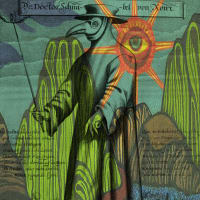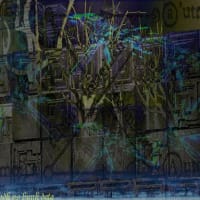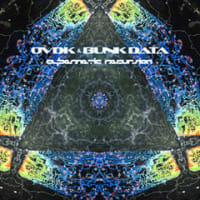
Our physical space is observed to have only three large dimensions and―taken together with time as the fourth dimension―a physical theory must take this into account. However, nothing prevents a theory from including more than 4 dimensions, per se. In the case of string theory, consistency requires spacetime to have 10, 11 or 26 dimensions. The conflict between observation and theory is resolved by making the unobserved dimensions compactified.
Our minds have difficulty visualizing higher dimensions because we can only move in three spatial dimensions. One way of dealing with this limitation is not to try to visualize higher dimensions at all, but just to think of them as extra numbers in the equations that describe the way the world works. This opens the question of whether these 'extra numbers' can be investigated directly in any experiment (which must show different results in 1, 2, or 2+1 dimensions to a human scientist). This, in turn, raises the question of whether models that rely on such abstract modelling (and potentially impossibly huge experimental apparatus) can be considered 'scientific.' Six-dimensional Calabi-Yau shapes can account for the additional dimensions required by superstring theory.The theory states that every point in space (or whatever we considered as point) is in fact a very small 'sphere'(better say manifold) with a diameter of 10-33 m
Superstring theory is not the first theory to propose extra spatial dimensions, the Kaluza-Klein theory did already. Modern string theory relies on the mathematics of folds, knots, and topology, which was largely developed after Kaluza and Klein, and has made physical theories relying on extra dimensions much more credible.
Superstring theory is an attempt to explain all of the particles and fundamental forces of nature in one theory by modelling them as vibrations of tiny supersymmetric strings. It is considered one of the most promising candidate theories of quantum gravity. Superstring theory is a shorthand for supersymmetric string theory because unlike bosonic string theory, it is the version of string theory that incorporates fermions and supersymmetry.


















※コメント投稿者のブログIDはブログ作成者のみに通知されます